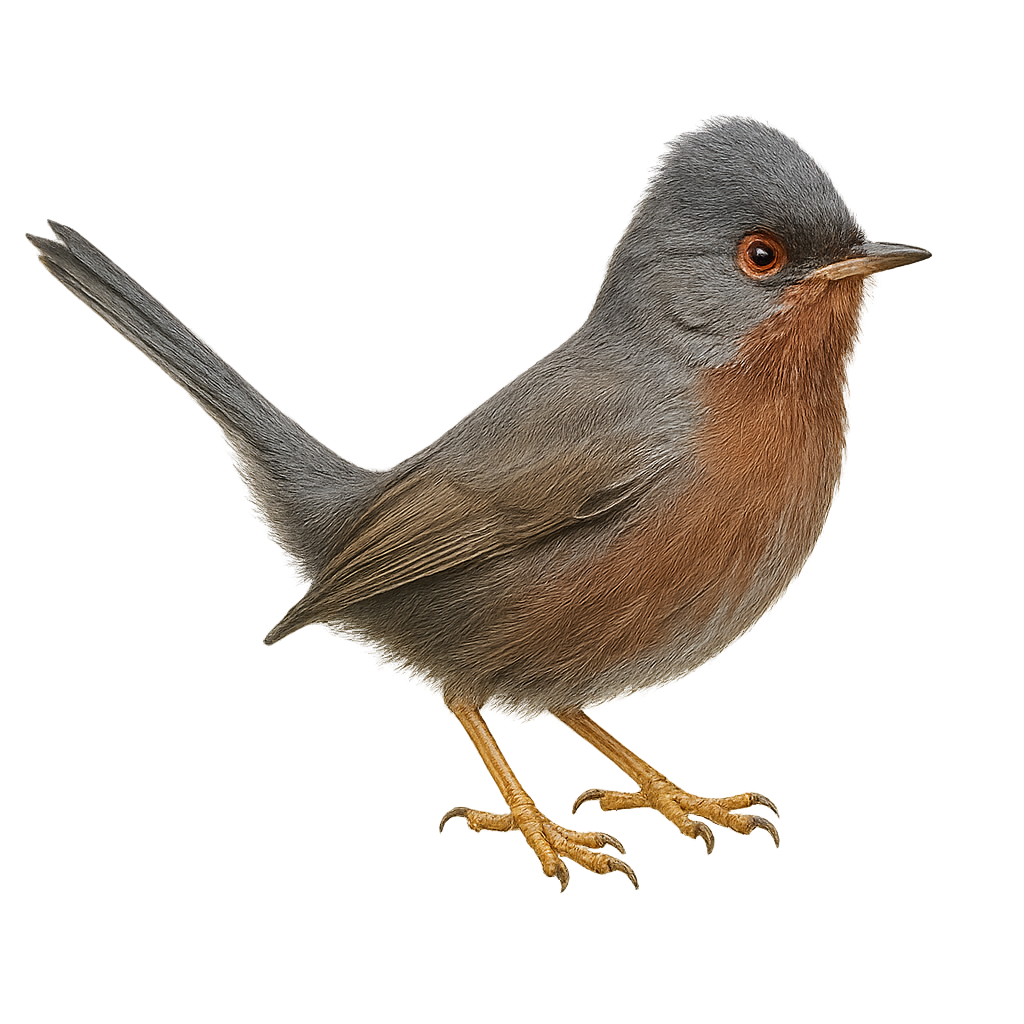Your wildlife photography guide.
Explore the dartford warbler in detail, study its behavior, prepare your shots.
Where to observe and photograph the dartford warbler in the wild
Learn where and when to spot the dartford warbler in the wild, how to identify the species based on distinctive features, and what natural environments it inhabits. The WildlifePhotographer app offers tailored photography tips that reflect the dartford warbler’s behavior, helping you capture better wildlife images. Explore the full species profile for key information including description, habitat, active periods, and approach techniques.
Dartford Warbler
Scientific name: Curruca undata

IUCN Status: Near Threatened
Family: SYLVIIDAE
Group: Birds
Sensitivity to human approach: Suspicious
Minimum approach distance: 10 m
Courtship display: March to June
Incubation: 11-13 jours
Hatchings: April to June
Habitat:
Scrublands, heathlands, thickets, bushes
Activity period :
Primarily active during the day, with peak activity in the morning and late afternoon.
Identification and description:
The Dartford Warbler, Sylvia undata, is a small passerine bird with slate-grey plumage and a reddish throat. It is mainly found in Mediterranean regions, frequenting scrublands and heathlands. This bird is sedentary, although some populations may undertake short altitudinal migrations. The Dartford Warbler is known for its melodious and complex song, often delivered from a high perch. It primarily feeds on insects but can also consume berries. The breeding season extends from spring to summer, with nests built low in dense vegetation. Although its conservation status is concerning due to habitat loss, it remains relatively common within its range.
Recommended lens:
400 mm – adjust based on distance, desired framing (portrait or habitat), and approach conditions.
Photography tips:
To photograph the Dartford Warbler, it is advisable to use a telephoto lens of at least 400mm to capture precise details without disturbing the bird. Look for scrubland or heathland areas where it is active, especially in the morning when the light is soft. Be patient and discreet, as this bird is suspicious. Use a tripod to stabilize your camera and wait for it to perch on an open branch to get a sharp shot.
The WildlifePhotographer App is coming soon!
Be the first to explore the best nature spots, track rutting seasons, log your observations, and observe more wildlife.
Already 1 430 wildlife lovers subscribed worldwide

